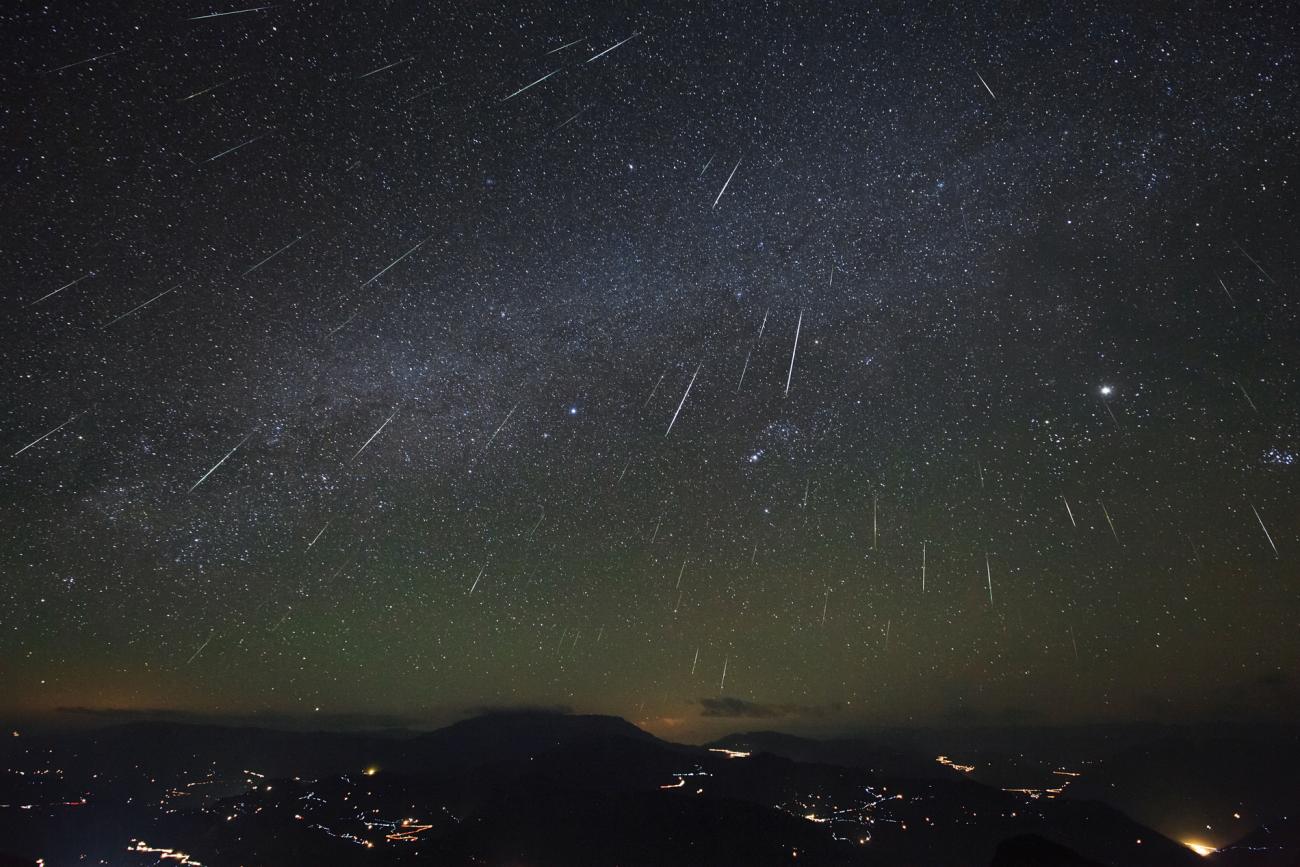The Geminids
Dec 05, 2022
Hi Everyone!
Today I just wanted to issue a quick reminder, and a few notes about an upcoming meteor shower.
As I mentioned last time, Mars is near opposition, the Moon is bearing down upon it in the sky, and the Moon will actually “strike” Mars in the sky in a couple of days. More precisely, there will be a lunar “occultation” of Mars. For most viewers in North America and Europe, the Moon will pass in front of the unusually bright Mars, hiding it from view for about an hour (depending on location). The full moon, the opposition of Mars, and a lunar occultation of Mars will all happen nearly simultaneously this month, within about a day of each other. If you have some time on your hands, the occultation is a rare opportunity to watch the Moon approach a bright “star”, pass over it, and then recede away from it on the other side within the span of a couple of hours. If you don't have hours to spare (or if you don't live in North America or Europe), it can still be impressive just to see the Moon very close to another bright object. If you live in the United States, be sure to look for the conjunction of Mars with the full moon while they are rising in the eastern sky in the evening of Wednesday the 7th. If you live in Europe, look for them as they descend in the western sky before dawn on Thursday the 8th.
I also wanted to give a brief mention to the upcoming Geminid meteor shower, because it is one of the most prolific of the year. It is active through much of the first half of December, but it only really takes off within a day or so of the peak ... which will be on the 13th-14th this year. At this time, less than a week since it was full, the Moon will still be quite bright, and it will be up most of the night. This will drown out the dimmer meteors, but there will be so many Geminids that you may still be able to see a decent show anyway. Instead of 120 per hour, perhaps you'll be able to see 30-40 per hour. (That's for viewers in the Northern Hemisphere. Viewers in the Southern Hemisphere will see even fewer, perhaps 7-10 per hour.)
As you may remember, what distinguishes “shower” meteors from normal, everyday “sporadic” meteors is not merely their abundance, but also the fact that they are organized. If you see a shooting star, trace its trail backwards and see if you can find where it came from among the constellations. All meteors in a “shower” have a common starting point, known as the “radiant”, and the constellation containing the radiant gives the shower its name. If you see a shooting star in the next couple of weeks and trace its path backwards, you will probably come to the constellation of Gemini. (Why are meteor showers like this? Try to imagine if you could see many meteors from the same shower at the same time, all coming from the same point in space. The radial array of meteor streaks would make it look as if you were flying through a cloud in space, and all the meteors would look like debris from the cloud streaking past you on all sides. And the radiant marks the point towards which you are moving as you pass through the cloud. If the radiant were directly overhead, this would mean you and the Earth were flying straight up into the cloud, otherwise you're flying at an angle. If you're an artist, try comparing the radiant to the “vanishing point” where all parallel lines meet in your perspective.)

The radiant of the Geminids will rise into the sky not long after sunset, and this will also be very helpful. With many showers, you can't expect to see meteors until much later in the night, but with the Geminids, you don't have to wait until after midnight. They are often flying by 9pm or so. Not only are these hours much more convenient, but the moon will also not be very high yet, so the skies will be darker at this time as well. (The radiant will rise around roughly 6:30 pm, and the moon will rise around roughly 10:00 or 10:15 pm, depending on your exact location.)
So if you want to hunt for Geminids, your best bet for seeing meteors is the evening of the 13th, although the actual official peak won't be until the early hours before dawn on the 14th (for viewers in the USA). If you want to try the more abundant hours before dawn, you can try to improve your chances by sitting in the shade of a building or something to help eliminate moonlight. And as always with meteor showers, try to refrain from looking at anything bright for half an hour beforehand to let your eyes adjust to the darkness and make them as sensitive as possible.
Happy Viewing!John